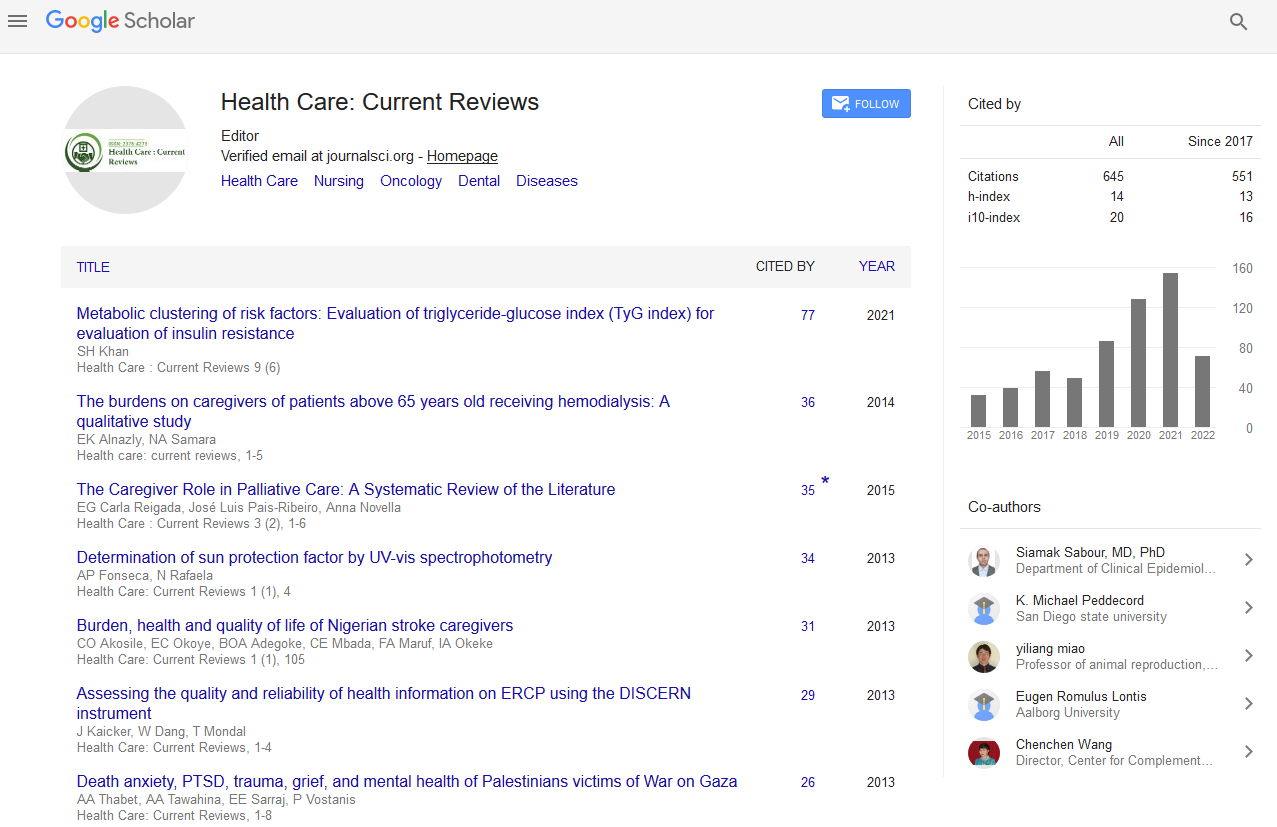PMC/PubMed Indexed Articles
Indexed In
- Open J Gate
- Academic Keys
- RefSeek
- Hamdard University
- EBSCO A-Z
- Publons
- Geneva Foundation for Medical Education and Research
- Google Scholar
Useful Links
Share This Page
Journal Flyer

Open Access Journals
- Agri and Aquaculture
- Biochemistry
- Bioinformatics & Systems Biology
- Business & Management
- Chemistry
- Clinical Sciences
- Engineering
- Food & Nutrition
- General Science
- Genetics & Molecular Biology
- Immunology & Microbiology
- Medical Sciences
- Neuroscience & Psychology
- Nursing & Health Care
- Pharmaceutical Sciences
Effects of crystalline amino acids, phytase and fish soluble supplements in improving nutritive values of high plant protein based diets for kuruma shrimp, Marsupenaeus japonicus
Euro Health Care and Fitness Summit
September 01-03, 2015 Valencia, Spain
Abdul Kader1,2, Mahbuba Bulbul1,2, Mohd. Azmi Ambak1, Sakhawat Hossain2, Manabu Ishikawa2 and Shunsuke Koshio2
1Universiti Malaysia Terengganu, Malaysia 2Kagoshima University, Japan
Posters-Accepted Abstracts: Health Care: Current Reviews
Abstract:
Experiment was conducted to assess the effectiveness of different feed additives such as crystalline amino acids (CAA), phytase (PT) and fish soluble (FS) in enhancing the utilization of high levels of plant proteins in the diets of kuruma shrimp, Marsupenaeus japonicus. Six isocaloric diets (19 kj g-1) were formulated where diet 1 was 40% fishmeal based control diet (FM). Diets 2 to 6 were prepared as follows, by replacing 60% fishmeal protein with a plant protein blend (soybean meal and canola meal; 6:4) alone (PP); plant protein blend and 1.5% CAA (PAA); plant protein blend and 0.04% phytase (2000 FTU kg-1) (PPT); plant protein blend and 10% FS (PFS); and plant protein blend and a mixture of CAA, phytase and FS (PMX) respectively. Triplicate groups of shrimp (1.75±0.40 g; mean initial body weight ± SD) were stocked in 54�??l rectangular tanks at a rate of 15 shrimp per tank. Shrimp were fed the respective test diets at a rate of 8�??10% of the body weight daily for 56 days. At the end of the feeding trial, final body weight (g) and specific growth rate (% day-1) were both significantly (P<0.05) lower in shrimp fed PP diet. However, these growth parameters recovered when fed diets supplementing with CAA and FS. Although, growth parameters were slightly improved by the supplementation of PT, the differences in growth parameters between FM and PPT were still significant. The fastest growth was found in shrimp fed PMX among the dietary treatments. The growth results were mostly reflected by feed intake (FI). Significantly lowest FI was found in PP group, while similar values were found among the rest. Protein gain (g kg weight gain-1) and protein retention (%) were significantly decreased in PP and PPT groups. Whole body crude protein was significantly decreased in PP group, while similar values were found among FM, PAA, PPT and PFS groups and was significantly increased in PMX group. Protease activity (unit mg-1 protein) in the digestive tract of shrimp was lowest in PP and PAA groups; and the values were comparable among the rests. Overall, the best results for most of the parameters were found in shrimp fed PMX diet. Based on the overall performance of shrimp, it can be concluded that CAA, PT and FS are effective supplements in high plant protein diets for juvenile kuruma shrimp. A mixture of these supplements in appropriate ratio could further reduce the fish-meal levels in shrimp diets.
Biography :
Email: abdulkader_fc@yahoo.com


